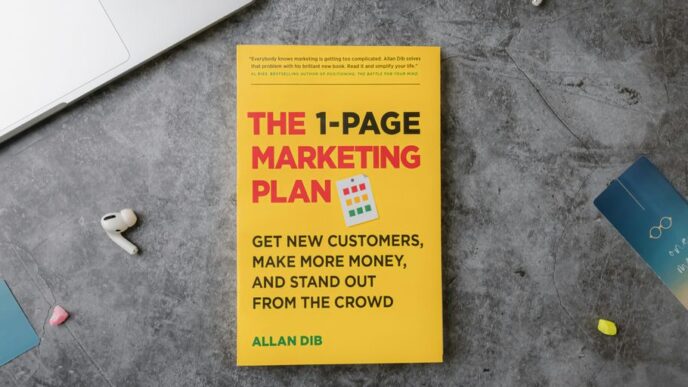Simply, Programmatic advertising refers to the automated buying and selling of advertising spaces using sophisticated tools and algorithms.
Traditional internet advertising was done manually where the business owner or advertiser used to contact the website owner (also called the publishers) and buy ad spaces (also called inventory) on their websites.
This was the same as newspaper advertisement, where an advertiser buys space for their ad in the newspaper.
Then, AdNetworks got created that have access to a bunch of publishers. So, instead of going to each publisher for buying ad spaces, advertisers used to contact AdNetworks.
But with time, more businesses tend to use this advertising method. Hence, there were many advertisers going after a single inventory.
Hence, a proper bidding system has to be introduced.
Also…
The lack of data like how many people saw or clicked on the ad or how many clicks got converted.
Due to these shortcomings, ad exchanges came into existence. Slowly, some more elements joined in. Today, this whole advertising ecosystem is called Programmatic advertising.
Programmatic advertising has come a long way since its inception. Initially, it was primarily associated with real-time bidding (RTB) for display ad placements. However, over time, its capabilities expanded to include various ad formats like video, native, and even audio.
Stakeholders in Programmatic Advertising Ecosystem
In this section, you will read about the various elements that make the ecosystem for programmatic advertising.
-
Demand-Side Platform (DSP)
The Demand-Side Platform serves as the command centre for advertisers, allowing them to purchase, manage and optimize their ad campaigns across various ad exchanges and publishers. Advertisers can also set targeting parameters, allocate budgets, and track performance metrics using DSP.
Examples of DSP Platforms: Display & Video 360 (Google), The Trade Desk, Amazon DSP, Adobe Advertising Cloud DSP, etc.
-
Supply-Side Platform (SSP)
Supply-Side Platforms cater to publishers where they can sell their ad impressions to advertisers. It also enables them to set pricing rules and connect with multiple ad exchanges.
Examples of SSP Platforms: Google Ad Manager, Amazon Publisher Service, OpenX, Yahoo Ad Tech, Verizon Media, PubMatic, etc.
-
Ad Exchanges
Ad exchanges act as virtual marketplaces where publishers can auction off their ad inventory, and advertisers can bid on it in real time.
Examples of Ad Exchanges: Xandr (Microsoft), Verizon Media, OpenX, PubMatic, Google Ad Exchange, etc.
-
Data Management Platforms (DMPs)
Data Management Platforms collect, organise, and analyse audience data from various sources. They are usually connected to the DSPs.
-
AdNetworks
This refers to the networks of publishers or you can say groups of publishers. A publisher can be a part of many AdNetworks.
Related
Power of Digital Audio for Thought Leaders
The Advantages of Programmatic Advertising
-
Scalability
Due to the availability of cross-platform ad inventories, with programmatic adverting marketers can reach a much larger audience than traditional digital advertising.
-
Granular Targeting Capabilities
Programmatic advertising enables advertisers to use granular data to target specific audience segments. Factors like browsing behaviour, location, and interests lead to highly personalized and relevant ad experiences. Traditional digital advertising is based on broad demographics.
-
Real-time Bidding
Programmatic advertising’s real-time nature empowers advertisers to bid on ad impressions in milliseconds. This real-time bidding (RTB) ensures that advertisers immediately get the best value for their ad placements.
-
Data Usage For Audience Segmentation
Advertisers can utilize their own first-party data to target audience or they can use third-party data on audience segmentation provided by DSP. Advertisers can also use third-party data to create a lookalike audience using their first-party data.
-
Improved Cost-Effectiveness
Programmatic advertising is usually bought on cost-per-thousand impressions. The cost depends upon the DSP platform you choose, audience targeting, or industry competitiveness. It typically ranges between $0.50-$2.00.
Difference Between Programmatic & Display Advertising
Most people get confused between Programmatic and Google’s display advertising since both are automated and have real-time bidding abilities.
But the major differences between the two are:
- Display advertising is the format in which advertisement is served whereas programmatic advertising is how ads are bought.
- Display advertising happens on a single network which is the Google platform whereas programmatic ads are served on various networks.
Related













